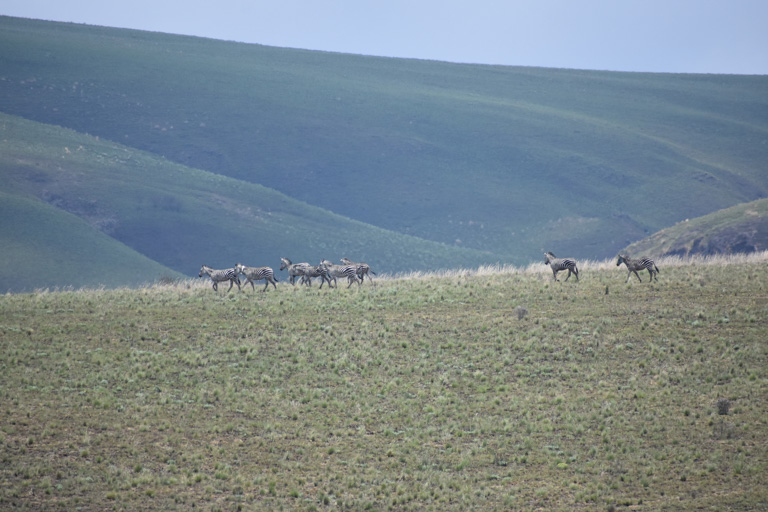- Staff from the Wildlife Conservation Society and its partners in Tanzania released 24 zebras into Kitulo National Park on Oct. 12 and 13.
- The Kitulo Plateau in Tanzania’s southern highlands includes high-elevation grasslands, a unique habitat that requires fire and grazing animals to maintain its plant diversity.
- The reintroduction, with plains zebras from Mikumi National Park, is part of a broader effort to “rewild” the southern highlands after decades of wildlife hunting and livestock grazing.
A herd of zebra now roams the southern highlands of Tanzania for the first time since the 1960s.
Staff from the Wildlife Conservation Society (WCS) and its partners released 24 plains zebras (Equus quagga) into Kitulo National Park on Oct. 12 and 13.
“It was thrilling to see the zebras moving across the plateau as they had for untold centuries,” Tim Davenport, the director of WCS’s Tanzania program, said in a statement.

Video of the zebra release courtesy of WCS.
Plains zebras had been a fixture on the Kitulo Plateau until hunting and sheep and dairy farming forced them out more than 50 years ago. WCS says that fire and grazers such as zebra are critical to maintaining the plant diversity of these high-elevation (what scientists call “montane”) grasslands. Kitulo National Park, created in 2002, sits at 2,600 meters (8,500 feet) above sea level.
The farms have since been abandoned, giving way to Davenport’s idea of “rewilding” the region. To that end, the team has orchestrated the planting of 4 million native trees in the southern highlands, providing woodland thoroughfares for small antelopes known as duikers and monkeys like the critically endangered kipunji (Rungwecebus kipunji). And two types of antelopes, the southern reedbuck (Redunca spp.) and the steenbok (Raphicerus campestris), have returned to the area.

For the past two years, WCS staff have been making sure that the park can support zebras and educating local communities about the effort. They’ve also worked with veterinarians from Tanzania National Parks to increase the chances that the zebra reintroduction succeeds.
In early October, the team moved 16 female and eight male zebras from Mikumi National Park, about 700 kilometers (435 miles) northeast of Kitulo.
“This collaboration proves that we can restore wildlife in once degraded landscapes — provided there is political will and good science behind these efforts,” Davenport said.

Restoring Kitulo and the southern highlands remains a high priority for the team, and Tanzania National Parks veterinarian Emmanuel Macha suggested the zebras wouldn’t be the last large mammals to return to the region.
“It is great to see zebra once again enjoying this beautiful landscape,” Macha said in the WCS statement. “Perhaps we can re-introduce impala, waterbuck or eland next.”

Banner image of zebras drinking at a waterhole © Tim Davenport/WCS.
CITATION
Davenport, T.R.B. & Jones, T. 2008. Rungwecebus kipunji. The IUCN Red List of Threatened Species 2008: e.T136791A4340286. http://dx.doi.org/10.2305/IUCN.UK.2008.RLTS.T136791A4340286.en. Downloaded on Oct. 24, 2018.
FEEDBACK: Use this form to send a message to the author of this post. If you want to post a public comment, you can do that at the bottom of the page.
